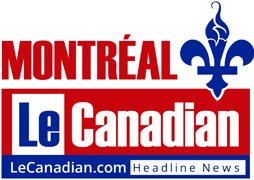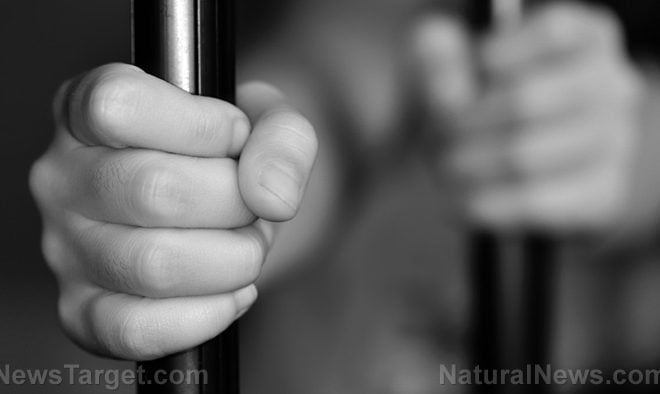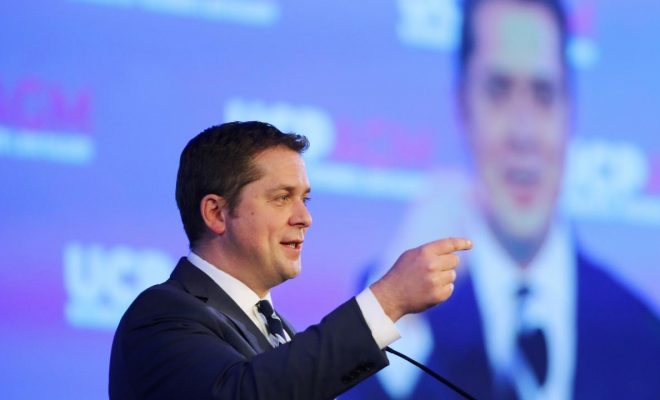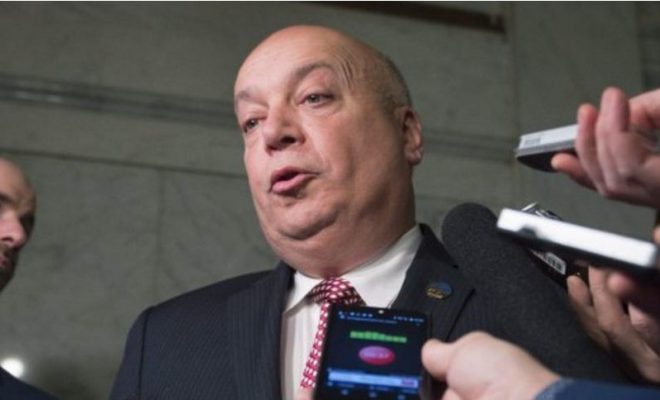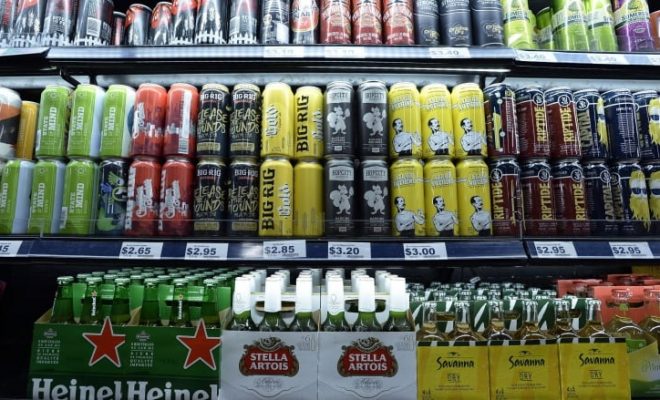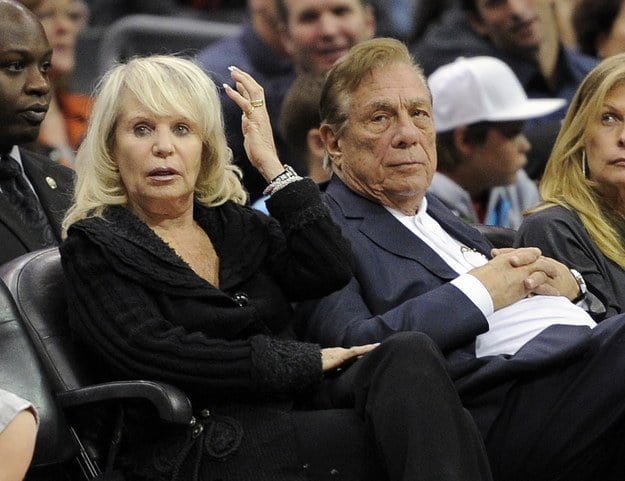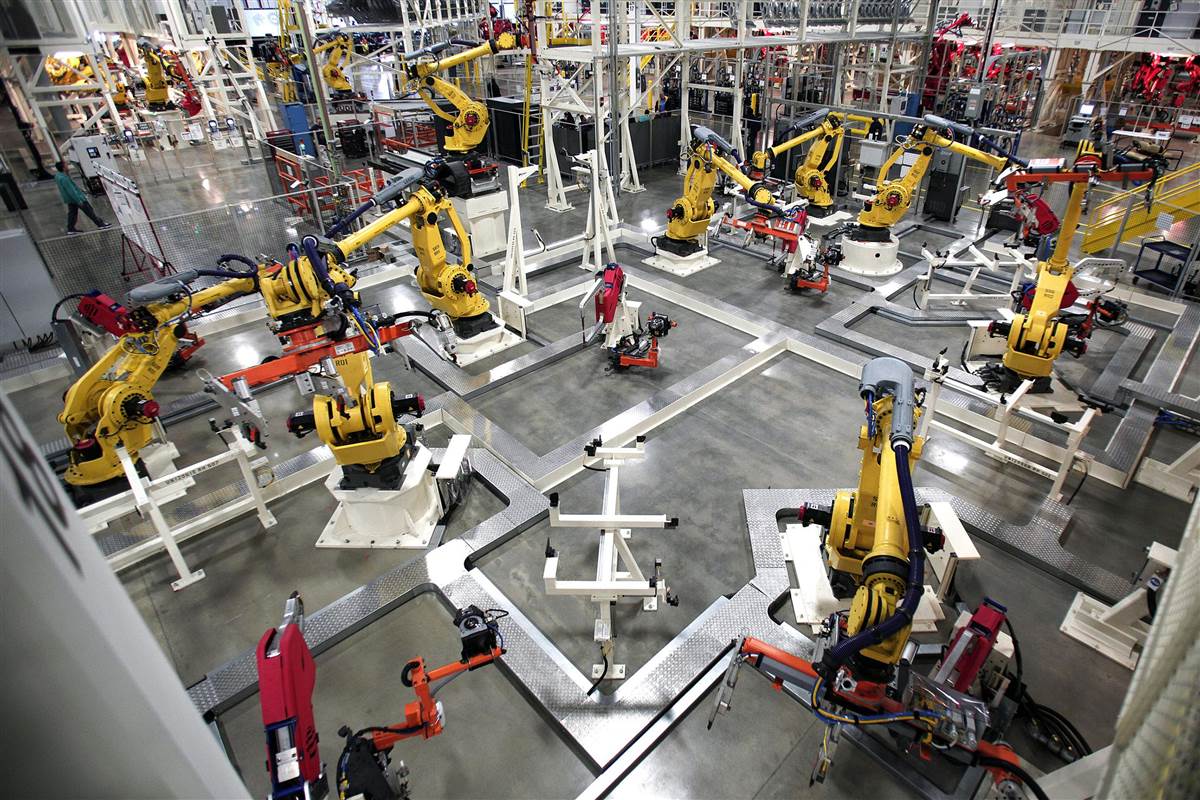Ontario Commits $150-Million to Toronto’s Downtown Relief Line
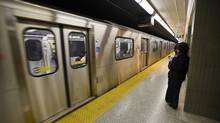
A long-floated proposal to build a new subway that would cut through Toronto’s core got a vote of support on Wednesday, as Ontario’s Liberal government announced it would spend $150-million on planning and design work for the Toronto Transit Commission’s downtown relief line.
It’s the first significant funding announcement for the proposed subway, which would likely run south from Pape Station before turning west and flowing under Queen Street West to Osgoode Station. If the project, estimated to cost $3.2-billion, does go ahead, it won’t carry passengers until at least 12 to 15 years from now.
Transit experts have long said the proposed line is crucial in order to relieve the pressure on the city’s packed Yonge Street line, as it would divert large numbers of downtown-bound commuters now jamming up Bloor-Yonge Station. But until Wednesday, it remained little more than a line on a map among dozens of other TTC expansion proposals without any government funding.
Ontario Transportation Minister Steven Del Duca made the announcement at the TTC’s Greenwood subway yard in the city’s east end, flanked by Mayor John Tory and TTC chairman Josh Colle. Mr. Del Duca said the money would go to Metrolinx, the province’s regional transportation agency, where officials would work with TTC planners on the details of the proposed line, such its route and its more detailed costs.
Mr. Tory and Mr. Del Duca were careful to excise the word “downtown” from the line’s name and to point to its potential “regional” benefits.
Mr. Tory repeated his previous assertions that the relief line was a “precondition” before demands that the overcrowded Yonge line be expanded northward into York Region could be contemplated.
The funding announcement came on a bad day for public transit in Toronto, after a fire at Yonge Station forced the shutdown of much of the Bloor-Danforth line for the morning rush hour, leaving thousands of commuters in the lurch.
Responding to questions about the morning’s subway headaches, Mr. Tory said much of the $800-million the city is set to receive from Ottawa for infrastructure would go into repairing existing transit lines over the next two years, so that the city will not be building new lines as its current system crumbles.
Toronto’s mayor actually spent most of his remarks talking up his own SmartTrack transit plan, which would rely on the province’s GO Train rail corridors. He said SmartTrack would complement and not compete with the relief line, as some critics have charged, noting that SmartTrack would be up and running much sooner, in six years.
Both transit plans, the mayor insisted, would make riding the Yonge line less crowded. And he said the province’s $150-million would help keep the relief subway line on schedule and “shovel ready” as soon as possible.
Answering questions from reporters, Mr. Tory also defended the city’s $2-billion Scarborough subway extension plan, which TTC officials revealed this week would have fewer riders than originally projected.
While original estimates suggested up to 14,000 riders would board the extension of the Bloor-Danforth subway at Scarborough Town Centre in its peak hour of operation in its busiest direction each day, new numbers show just 7,300 riders are now expected. Critics say a light-rail line with multiple stops would serve more people and cost less.
Mr. Tory insisted the ridership projection needed to be put in context, saying the debate was “incredibly incomplete and misleading.”
He listed off numbers from other comparable end-of-the-line subway stations that currently carry similar or smaller numbers in the peak hour. Kipling, he said, carries 7,200 peak-hour passengers; Downsview carries 2,950; Don Mills carries 3,120; and Kennedy, the current eastern end of the Bloor-Danforth subway, carries 7,000.
“I don’t hear anybody suggesting we should close down the Bloor-Danforth subway at Kipling because of inadequate passenger load,” Mr. Tory said.
